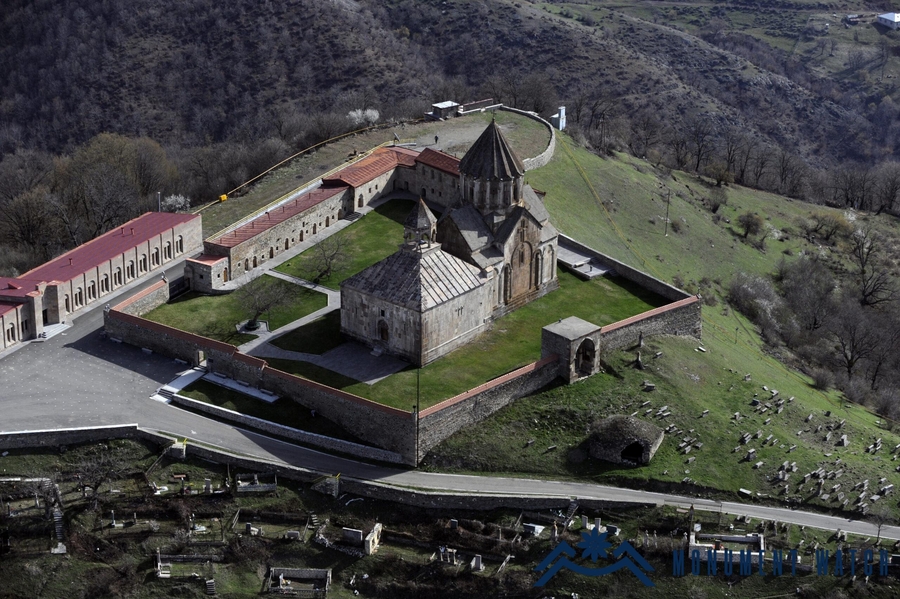ATLANTA —
A Channel 2 Action News investigation discovered a spike in people from terrorist nations crossing our country’s Southern border illegally.
Investigative Reporter Aaron Diamant traveled to the area where public safety leaders are scrambling to close gaps.
The goal with this project was to get past all the rhetoric to figure out what’s real.
Diamant says they figured the best place to begin was where the fence ends.
The federal government spends billions of dollars every year on border security. Still, a once-secret report paints a troubling picture.
For decades, El Paso, Texas, has been a front line in the federal government’s fight against illegal entry to the United States.
“The one thing that keeps any of us up: failure,” said Supervisory Border Patrol Agent Joe Romero.
Within El Paso, there are miles of high fences, surveillance cameras, checkpoints and an army of Border Patrol agents keeping constant watch.
“We don’t look to target any one group, because we can’t,” explained Romero. “Criminal elements comes from anywhere and everywhere.”
Juarez, Mexico, a long-time cartel drug trafficking and human smuggling hub, sits only yards beyond a bone dry Rio Grande.
But just eight miles west of downtown El Paso in Santa Theresa, New Mexico, the border looks very different.
The big fence ends and is replaced by a short vehicle barrier. It’s still pretty easy to get past.
There’s a 5-foot buffer between the barrier and the Mexican border, which is marked by just a barbed wire fence.
No cameras are there, and just the occasional agent on patrol.
“There’s nothing here at the end of the fence,” said recently retired Border Patrol Sector Chief Victor Manjarrez. “You can come up and make a bee line for the warehouses if you’d like.”
Manjarrez brought the Channel 2 Action News crew to that spot to make one simple point.
“Pretty vulnerable, isn’t it?” Manjarrez said.
Looking west, the porous border seems to go on forever — countless spots to slip through.
“It would be not uncommon for people to say, ‘I’m going to Atlanta; I’m going to Georgia,’” Manjarrez said. “The risk on that is you have no idea who that neighbor is. You don’t know their background.”
From Border Patrol data Diamant uncovered, we do know over just the last three years, agents have captured more than a half-million people from countries other than Mexico along our southern border, including a growing number of special interest aliens, or SIAs, from terrorist nations like Afghanistan, Iraq, Iran, Sudan, Somalia, Pakistan and Yemen.
“Terrorists can exploit, and their supporters can exploit, a porous border,” Texas Department of Public Safety Director Steven McCraw told Diamant in Austin, Texas.
McCraw is now managing a staggering $800 million the Texas Legislature set aside to seal gaps.
“As long as the border is insecure, it’s going to be a vulnerability. That’s the bottom line,” McCraw Said.
While the Federal government keeps information on SIAs entering the United States secret, Channel 2 obtained a leaked 2015 Texas DPS situation report marked “law enforcement sensitive.”
It says, “It is likely that foreign terrorists are aware that human smuggling networks are capable of successfully moving people to the U.S. border.”
To back that up, the report notes, “The number of CBP encounters with SIAs in Texas sectors increased 15 percent during the first nine months of 2014, compared to the same period in 2013.”
Plus the FBI’s terrorist screening center “reported 143 land border crossing encounters with watch-listed individuals in southwest border states between November 2013 and July 2014.”
Among the many examples in that report of those who got through: In June 2014, a Somali member of Al-Shabaab told agents who picked him up that he had been trained for a suicide attack in Mogadishu.
Meanwhile, Manjarrez remains worried someone with terrorist intent can still easily slip past agents.
“Deep down in my heart, I would say that something has gone through that has those kind of intentions,” Manjarrez said. “Any of this infrastructure can be exploited by anyone.”
The federal government says almost nothing about known or suspected terrorists caught on the border.
Still, some cases make headlines, like Adnan Shukrijumah, who Judicial Watch’s Chris Farrell described as Al Qaeda’s director of North American operations.
“He had freedom of movement to do essentially what he pleased,” Farrell told Diamant.
Farrell said his sources linked Shukrijumah to an El Paso narco-terrorism ring.
In 2010, the feds indicted Shukrijumah on terror charges for an alleged plot to bomb the New York City subway system.
Shukrijumah spent years on the FBI’s Most Wanted List. It’s believed he entered the United States by air.
The Mexican border is just a couple miles from an airfield that sits inside a private airport community in New Mexico.
Farrell believes Shukrajumah flew in to meet with fellow conspirators in 2010 and 2014. Channel 2 Action News has already confirmed Shukrijumah spent time in Atlanta in 2001.
“He would not show up in Atlanta just by chance,” Farrell said. “It raises questions about networks in Atlanta. Who was he in contact with? What is the support structure that helps facilitate not just his movement and his meetings?”
Few details have emerged about Shukrijumah’s movements in and out of the United States. Pakistan’s army killed Shukrijumah in a 2014 raid. But it’s the big picture that’s most troubling for Farrell.
“The fact is that we have no idea who’s in the country. None,” Farrell said.
In Texas, the focus remains squarely on closing gaps.
“I wear the scars of not knowing who’s in the country,” said Texas State Senator Brian Birdwell.
On Sept. 1, 2001, Flight 77 crashed into the Pentagon just yards from Birdwell’s office.
“Are we going to bat a thousand? No, we’re not. But you got to be at the plate to at least bat,” Birdwell said.


